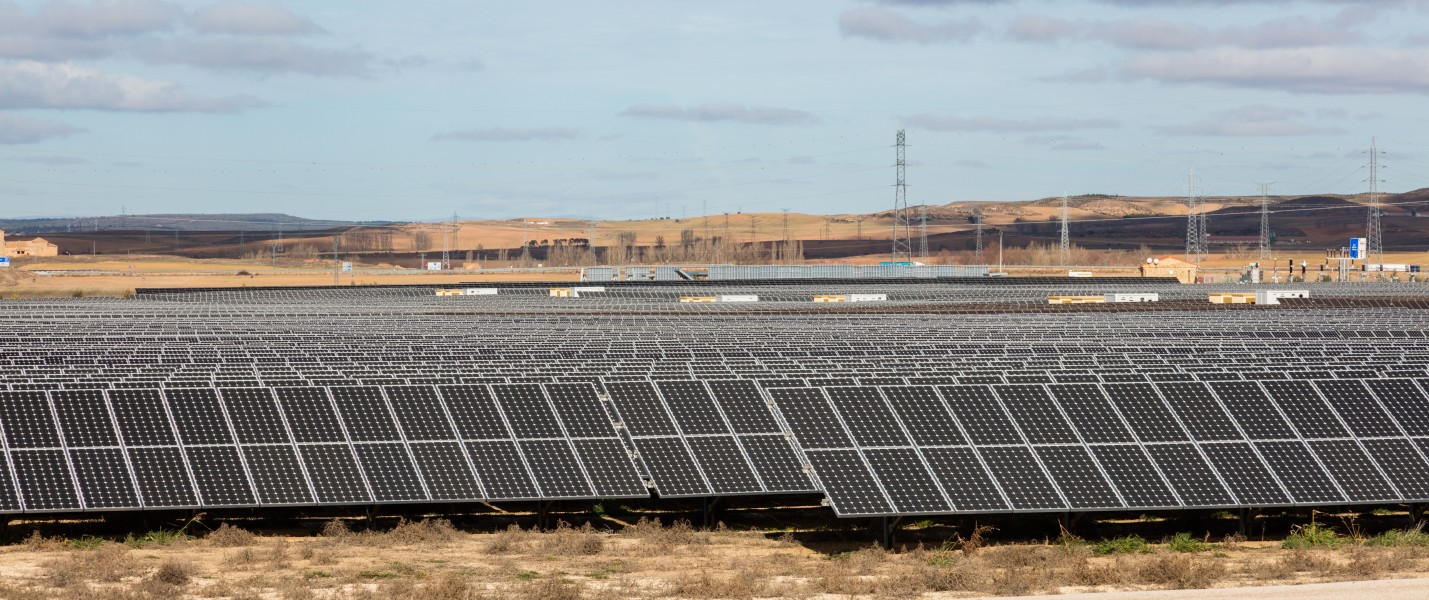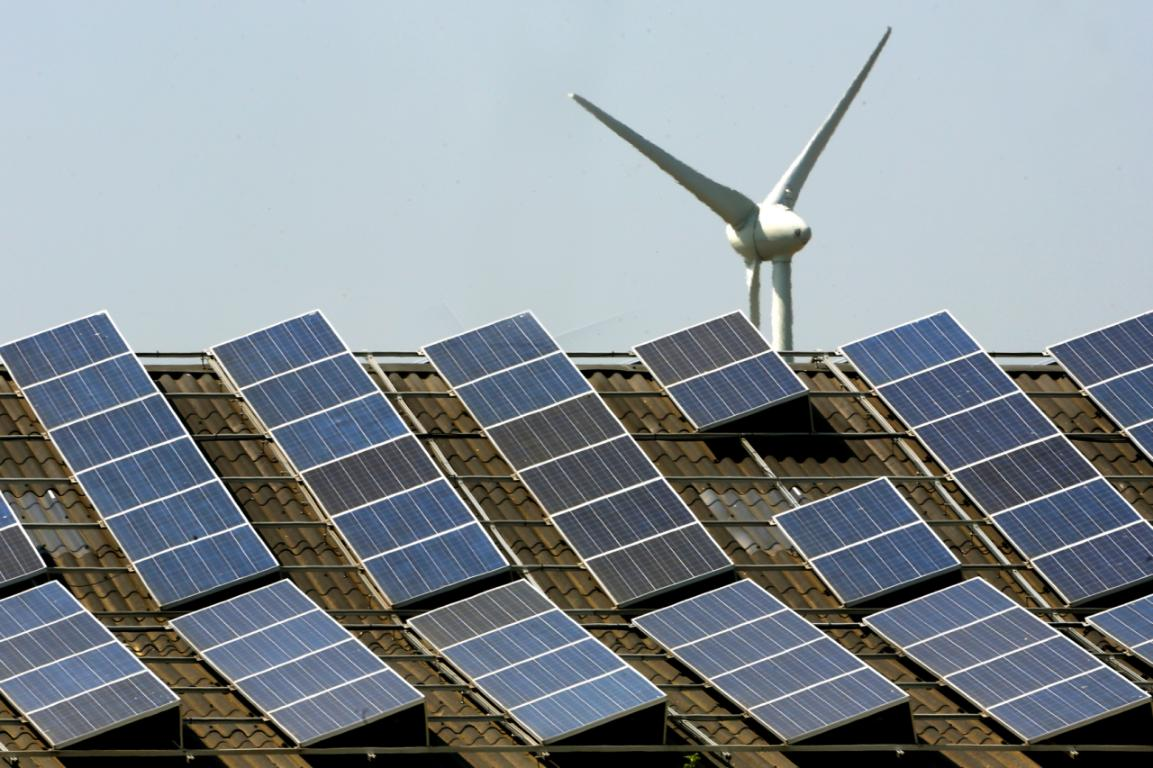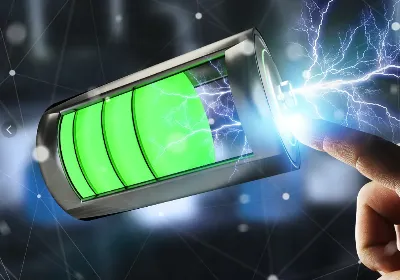Island Effect in Photovoltaic Plants
Island Effect in Photovoltaic Plants
1. Overview of the island effect
The island phenomenon means that when the power grid is interrupted due to electrical failure or natural factors, the photovoltaic grid-connected power generation system still supplies power to the surrounding loads, thus forming a self-sufficient power supply island that the power company cannot control.
When the photovoltaic power generation system works in parallel with the power grid, the power grid will stop working due to faulty equipment maintenance or operational errors, which means that the island effect is a common problem in photovoltaic grid-connected power generation systems, so the island effect can be accurately and timely detected , is a key issue in the design of photovoltaic grid-connected power generation system.

When the island effect occurs, the following hazards will be caused:
①The power grid cannot control the voltage and frequency in the island. If the voltage and frequency exceed the allowable range, it may cause damage to the user’s equipment;
②If the load capacity is greater than the capacity of the inverter power inverter, the power supply will be overloaded and easily burned;
③The line connected to the inverter power supply is still charged, causing harm to maintenance personnel and reducing the safety of the power grid;
④Reclosing the island will cause the line to trip again, and may damage the inverter power supply and other equipment
2. Detection method of islanding effect
The emergence of the island phenomenon seriously affects the safety and normal operation of the power system. From the perspective of power safety and power quality, the island effect is not allowed to occur. When the island occurs, the grid-connected inverter must be cut out quickly and accurately. Therefore The islanding effect should be detected and controlled.
Islanding effect detection methods are mainly divided into two types: passive and active:
The passive island detection method judges whether the island effect occurs by detecting whether the output of the inverter deviates from the range specified by the grid-connected standard, such as voltage, frequency or phase. The working principle of this method is simple and easy to implement, but when the output power of the inverter is balanced with the local load power, the islanding effect cannot be detected.
The active islanding detection method refers to controlling the inverter so that there is a certain disturbance in the frequency and phase of the output power. When the power grid is working normally, these disturbances cannot be detected due to the balance of the power grid. Once the power grid fails, the disturbance output by the inverter will quickly accumulate and exceed the range allowed by the grid-connected standard, thus triggering the protection circuit of the island effect. This method has high detection accuracy and small detection blind area, but the control is more complicated, and the quality of the inverter output power is reduced.
(1) Passive method
The working principle of the passive islanding effect detection method is to judge whether the islanding effect occurs according to the change of the output voltage and frequency of the inverter when the power grid is cut off. When the power grid fails, in addition to the output voltage and output frequency of the inverter, the phase harmonics of its output voltage will change.
Therefore, the passive islanding effect detection method can detect the above-mentioned output changes of the inverter to determine whether the power grid is faulty, but if the output power of the photovoltaic system is balanced with the local load power, the passive detection method will lose its detection ability.
①Voltage and frequency detection
The voltage and frequency detection method is a detection method to stop the grid-connected operation of the inverter when the voltage amplitude and frequency of the common coupling point exceed the normal range. During the grid-connected operation of the photovoltaic grid-connected power generation system, in addition to preventing the occurrence of the island effect, it is also necessary to ensure that the output voltage of the inverter is synchronized with the grid. Therefore, the voltage amplitude and frequency of the power grid must be continuously detected to prevent overvoltage or undervoltage, overfrequency or underfrequency and other faults.
Therefore, the passive islanding detection method for detecting voltage and frequency only needs to use existing detection parameters for judgment without adding detection circuits. The biggest disadvantage of this method is that when the inverter output power is balanced with the load power, the voltage and frequency at the inverter output end remain unchanged after the power grid is cut off, resulting in missed judgment of the islanding detection.
②Phase detection
The principle of the inverter output voltage phase detection method is similar to the voltage and frequency detection method. When the power grid fails, the load impedance of the inverter of the photovoltaic power generation system will change, resulting in a change in the output voltage and output current phase of the inverter after the grid failure. The system can judge whether the grid is faulty according to the phase change.
Since inductive loads are common in power grids, this method is better than the voltage and frequency detection method in islanding effect detection. However, when the load is a resistive load or the power grid is cut off, and the load impedance characteristic remains unchanged, this method loses the islanding detection capability.
③Harmonic detection
The harmonic detection method means that when the power grid fails and stops working, due to the loss of the balance of the power grid, a large number of harmonics will be generated when the output current of the photovoltaic power generation system passes through nonlinear equipment such as transformers. According to the change of harmonics, it can be judged whether the power grid is in a fault state.
Experimental research and practical application show that this method has a good detection effect, but because there are a large number of nonlinear equipment in the power grid with complex harmonic changes, it is difficult to determine a unified harmonic standard for islanding effect detection.
The above three methods are currently more commonly used passive islanding detection methods, and they have certain applications in actual photovoltaic systems. Large detection blind zone.

(2) Active method
The island effect active detection method means that during the operation of the inverter, the inverter is controlled to cause periodic disturbances in its output. When the power grid is normal, due to the balance of the power grid, the output of the inverter is still consistent with the power grid, and the disturbances have no effect; malfunction.
At present, there are mainly three active detection methods: the inverter output power disturbance method, the inverter output voltage and frequency disturbance method, and the sliding mode frequency offset detection method.
①Output power disturbance method
The output power disturbance method is to make the active power output by the photovoltaic power generation system change periodically through the control of the output power of the inverter. When the islanding effect occurs, the voltage at the output terminal of the inverter changes due to power disturbance, thus reflecting whether the islanding effect occurs or not.
In practical applications, in order to minimize the impact of this method on the output power of the inverter. Usually, the inverter is controlled in N working cycles so that the output power is lower than the normal value or zero in one or half cycle interval.
With the development of photovoltaic power generation, the number of photovoltaic grid-connected power generation systems in local power grids will increase. In this case, when the islanding effect occurs, the influence of power disturbance on the output voltage of the inverter will be weakened, thereby affecting Test results. In addition, if there is a large nonlinear load in the grid, when the grid stops working, the nonlinear load will supply power to the load, which weakens the detection effect of the power disturbance method on the islanding effect.
②Output frequency perturbation method
Compared with the output power perturbation method, perturbing the output frequency of the inverter voltage is a more effective method for detecting the islanding effect. Active Frequency Drift (AFD) is a common detection method for output frequency disturbance islanding effect at present.
The working principle of the active frequency offset method: by offsetting the frequency of the grid voltage sampling signal at the coupling point, it causes a disturbance to the voltage frequency at the load terminal. Under normal circumstances, the function of the phase-locked loop is to control the frequency error within a small range, but when the power grid fails, the phase-locked loop fails, the frequency of the inverter changes, and the addition of disturbances increases the error and accumulates to a certain range , there will be a passive method to detect it.
The active frequency offset method, because the direction of the disturbance is fixed, may have a counteracting effect on the method due to the nature of the load. For example, capacitive loads are lower in resistance than inductive loads, and inductive loads are higher in resistance. Therefore, if the disturbance direction just cancels out the load impedance characteristics, the disturbance may not accumulate.
In order to prevent this from happening, the active frequency drift method of positive feedback is adopted. The direction of the disturbance is dynamically determined by comparing the changes of the two frequencies before and after. If the frequency is increasing, it will be positive, and if the frequency is decreasing, it will be negative.
③Sliding mode frequency offset detection method
Slip-Mode Frequency Shift (SMS) is an active islanding detection method. It controls the output current of the inverter so that there is a certain phase difference between it and the common point voltage, so that after the power grid loses voltage, the frequency of the common point deviates from the normal range to identify islands.
Under normal circumstances, the phase angle response curve of the inverter is designed within the range of the system frequency, and the load of the inverter phase angle RLC (abbreviation for resistance, inductance, and capacitance combination circuit) increases rapidly when the power factor is unit. When the inverter runs in parallel with the distribution network, the distribution network provides a fixed reference phase angle and frequency to stabilize the inverter operating point at the power frequency.

When the island is formed, if the output voltage frequency of the inverter fluctuates slightly, the phase response curve of the inverter will increase the phase error and reach a new stable point. The frequency of the new state point must exceed the action threshold of the frequency relay, and the inverter will be shut down due to the frequency error.
This detection method actually achieves frequency shift through phase shifting. Like the active frequency offset method AFD, it has the advantages of simple implementation, no need for additional hardware, and high reliability of islanding detection. It also has a similar weakness, that is, as the load quality factor increases, islanding detection The possibility of failure increases.
To sum up, the advantages of the active detection method are small detection blind spots and fast detection speed. But the disadvantage is also obvious, that is, it has a certain impact on the power quality.
(3) Other methods
In addition to the above-mentioned commonly used passive and active methods for islanding effect detection, there are also some detection methods outside the inverter. For example, “grid-side impedance interpolation method”, this method refers to automatically inserting a large impedance on the load side of the grid when the grid fails, so that the impedance of the grid side suddenly changes significantly, thereby destroying the power balance of the system, resulting in voltage, frequency and phase. The change. There is also the use of fault signals from the power grid system for control. Once the grid fails, the monitoring system on the grid side will send a control signal to the photovoltaic power generation system, so that the parallel operation of the distributed energy system and the grid can be cut off in time.






